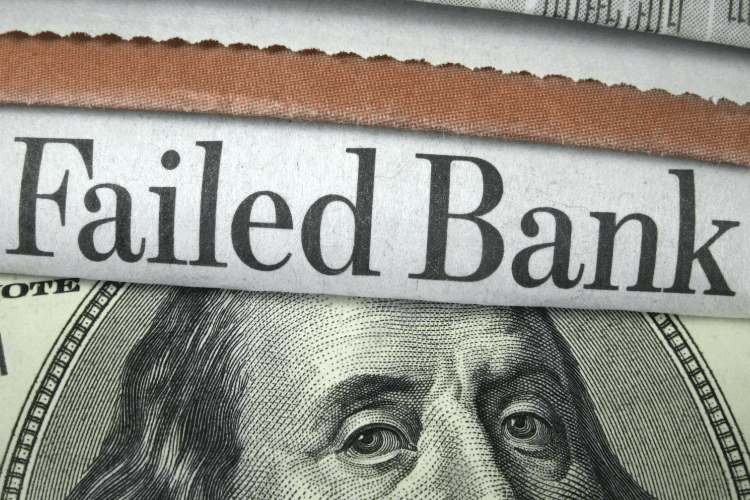Disposable Income vs Discretionary Income

Disposable and discretionary income sound pretty similar, and if you read over them fast enough they look identical. But they do carry significant distinctions.
If you care about your budget and your financial stability in the future, make sure you understand these differences and how to use them to your advantage.
What is Disposable income?
Disposable income is your net income. It’s whatever is left after you pay taxes. Your budget should assign a purpose to every dollar of your disposable:
- Pay bills
- Save
- Pay off debt
- Invest
- Have fun
For example, say you have an income of $50,000 and pay 30% in taxes. That’s a total of $15,000 in taxes annually, which means you have a total of $35,000 in disposable income. That $35,000 must pay for all your needs and wants, from cost-of-living expenses to splurges, to savings.
What is Discretionary Income?
Discretionary income is slightly different. It’s the amount of income you have left to invest, save, and spend after you pay necessary bills and expenses.
In order to find your discretionary income, first calculate your total necessary expenses each month:
- Rent or mortgage payment
- Food
- Utilities
- Gas and transportation
- Insurance
- Other bills (student loan payments, medical expenses, etc)
Now subtract your total expenses from your disposable income and you’re left with the amount of your discretionary income.
Let’s go back to our example of your $50,000 gross income with $35,000 left in disposable income. That’s about $2,916/month in disposable income. But say your total necessary expenses add up to $2,100.
When you subtract your total monthly expenses of $2,100 from your monthly disposable income of $2,916, you’re left with $816 in discretionary income. In other words, you have a bit over $800 to save, invest, or spend on non-necessities.
What Does it Mean For You?
Understanding your disposable and discretionary income is a powerful way to control and improve your budget.
First, make sure you identify that your discretionary income can change from month to month. If you pay certain bills quarterly or annually, the amount of income remaining after you pay bills will fluctuate based on the time of month and time of year. Your budget should reflect these variations and take changes into consideration. If you fail to write such fluctuations into your budget, you will be blindsided when they occur.
When you evaluate your discretionary and disposable income compared to your financial needs and goals, you can make informed budgeting decisions. Student loan repayment plans, for example, are based on discretionary income. You may qualify to pay less per month on your outstanding debt if your discretionary income can’t handle large payments.
Having a firm grasp on your discretionary income also helps you evaluate whether an expenditure – be it a weekend trip, an outing to the movies, or new furniture purchase – is safe or reckless.
Read about micro-investing and how to get started with our complete guide: Micro-Investing: What It Is, Why It’s for You and How to Start.










